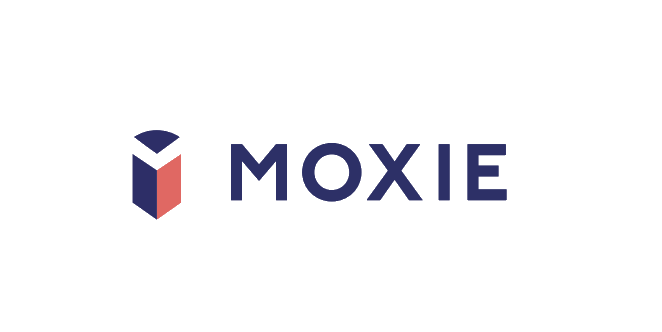Beyond Words: Embracing the Age of Easy-to-Generate Visuals in Research
In today's fast-paced academic landscape, traditional methods of conveying complex ideas are evolving. Enter the world of visual prompts—a transformative tool that holds the promise of enhancing academic writing and ideation.
For a moment, picture a biology researcher grappling with intricate cellular processes. Traditional textual explanations, while informative, can often be dense and challenging to digest. However, introduce a visual prompt into the equation, and those same concepts become instantly more accessible. Detailed annotations breathe life into the subject, providing clarity where words might fall short.
Illustration of a DALL-E generated image of a cellular biological process
Transitioning to the humanities, historians, too, stand to gain immensely from this innovative approach. Consider a scholar immersed in the rich tapestry of Renaissance Europe. A comprehensive literature review, while a colossal task, becomes considerably more manageable with the aid of a visual timeline. By laying out major events in a clear, concise manner, such visuals can streamline the research process immensely.
DALL-E generated illustration of a historical timeine
The potential applications of visual prompts are vast, spanning across all academic disciplines. They offer scholars a fresh, innovative way to approach research, enabling them to visualize intricate methodological processes, organizational patterns, and so much more. Let’s take the example of a graduate student in higher educational leadership writing a dissertation that utilizes a survey whose results are interpreted via linear regression and then supported with a qualitative thematic analysis of open-ended responses. The student will obviously have to write about that in the dissertation but could generate an image to provide visual rhetoric to bolster her claims.
DALL-E generated image of a methodology section of a dissertation in an education program
In the evolving landscape of academic dissemination, expanding beyond traditional textual formats is becoming paramount. At Moxie (formerly known as the Academic Insight Lab), we champion the integration of visual elements into scholarly arguments, recognizing the profound impact a single image can have. While the adage claims a picture is worth a thousand words, we see it as an essential component of modern academic argumentation. Join us as we navigate this transformative shift, capitalizing on visuals not just as supplementary aids but as core components of compelling academic narratives.



